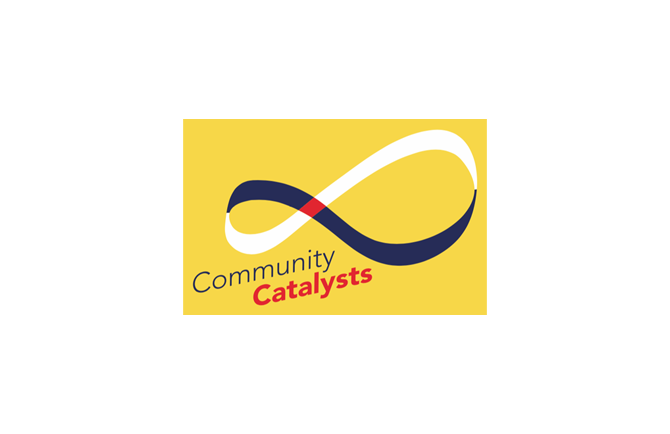BE(COMING) A COMMUNITY CATALYST
We are finding some entry gates into Be(coming) a Community Catalyst. Find your unique way!
⋆ Attune with the evolutionary purpose of a place
Purpose motivates engagement and ignites action. Community Catalysts are aware of a world facing a systemic crisis without precedents that is threatening many forms of life and health on Earth. We need to find ways to accelerate systemic change that leads to regenerative cultures and thrive as earthlings with the places we inhabit.
What is your main motivation to become a Community Catalyst?
Take a moment to reflect, individually or within a collective, take notes and share with others.
_____________________________________________________________________________________________________
⋆ Embody regenerative principles and develop catalysing qualities
Embodiment happens through perception of the world, which co-emerges with the perceiver as a being-in-the-world. Immersed in dynamic, complex motion, self and world merge in this deep dwelling. (Tim Ingold)
Regenerative principles
- Develop wholeness perception
- Attend to place-based emergence
- Work from indirect nourishing centres
- Include edge voices with their singularity
- Image developmental processes
- Build up resilience each step
- Embed inherent cycling
- Focus on potential to regenerate
Desirable Qualities of Activators
- Deep listening
- Close observation
- Warm facilitation
- Non-judgement
- Non-attachment to one's own way
- Attending to relationships
- Synthesising patterns
How would following these principles look like in your unique context? And how would it feel to develop these qualities when playing an activator role?
Take a moment to reflect, individually or within a collective, take notes and share with others.
_________________________________________________________________________________
⋆ Activate natural patterns while engaging participation
When it comes to ways of engaging participation, activating natural patterns supports the integrity of processes that catalyse regenerative change.
The Toroidal Vortex is the natural pattern that sustains and inspires the co-design process of Community Catalysts Toolkit: WeLand - Making Sense of Place. The universal pattern of the Toroidal Vortex is widely used in Nature to self-organise continuous motion. It is present in the organisation of galaxies, the Earth’s magnetic field, the growth pattern of apples and the life cycle of trees, to name a few examples. The Toroidal pattern supports the iterative and dynamic community engagement process responsible for making sense of Place. Place emerges from the constant flow of embodied dwelling. It provides centrifugal and centripetal movement forces that can concentrate and diffuse focus, depending on the stages of engagement, as well as a re-circulation character important when re-evaluating and re-shaping actions. (Viktor Schauberger).
How can this natural pattern be useful to engage participation
in your unique context?
Get to know how this natural pattern supports catalysing collaborations in a 5 phase co-design process.
_________________________________________________________________________________
⋆ Adapt sense-making practices to your unique context
Places are the reflection of the networks present in a particular landscape. The more the community of actors (human and other-than-human) interact, the more the perception and identity of such place is shared. By Making Sense of Place, actors intertwine their livelihoods and constantly negotiate meaning in the landscape by embodying their sense of belonging. (adapted from Bruno Latour).
Sense-making participatory practices are crucial to engage collective intelligence in catalysing communities and moving towards regenerative cultures, encouraging communities to adopt and adapt practices in ways that emerge as local responses from those affected by decisions.
What practices will help you to catalyse meaningful change
in your community?
Meet the expanding set of practices Community Catalysts’ Toolkit offers
____________________________________________________________________________________________________⋆ Find your own learning pathways
Thinking, perceiving, remembering and learning happen within the ecological contexts of people’s interrelations with their environments, individually and collectively. (Tim Ingold)
What pathway will help you to become a Community Catalyst in your singular way?
Meet our Learning programs and materials, Readings and a diverse Community of Practice! And find your own learning pathway.

